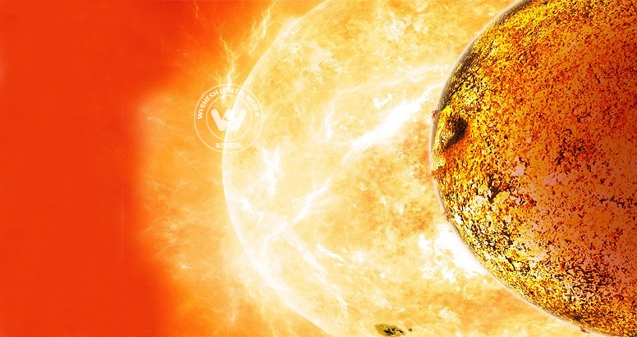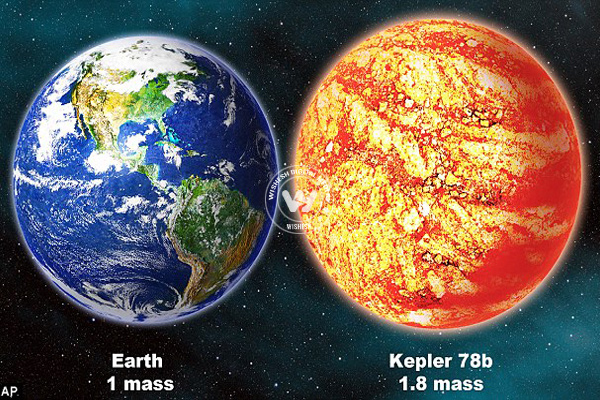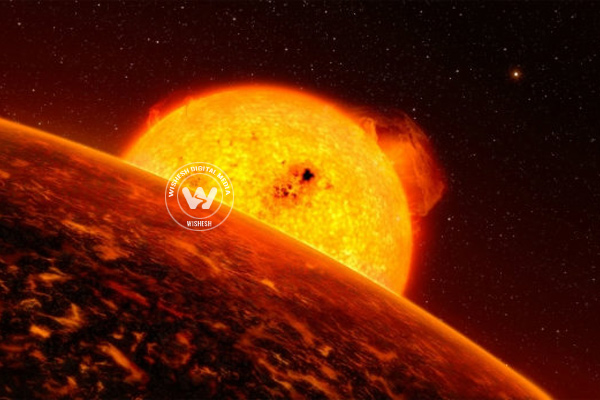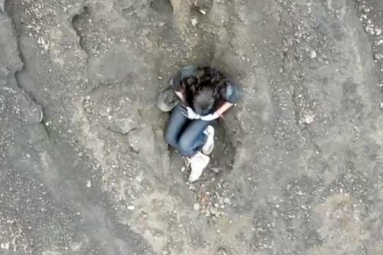
(Image source from: Another Earth away from Earth?})
It might be small and rocky, smoldering hot and 700 light years away from Earth, but it's striking resemblance to our planet is unmistakable, says scientists.
Kepler 78b is just about 1.2 times bigger than the Earth, 1.7 times more massive and has almost identical density or rock and iron. The similarities, however, end just there.

Unlike Earth, which is 149,600,000 km away from the Sun, the Kepler 78b is so close to its parent star that no life can ever exist in its scorching surface. Also, Kepler 78b's year is just 8.5 hours long - the length of time it takes to complete one orbit round its star.
'It's Earth-like in the sense that it's about the same size and mass, but of course it's extremely unlike the Earth in that it's at least 2,000 degrees hotter,' said Dr Josh Winn, from the Massachusetts Institute of Technology, US, who took part in the research published in the journal Nature.
'It's a step along the way of studying truly Earth-like planets.'  Dr Chris Watson from Queen's University in Belfast, whose team also studied the planet, said: 'Kepler-78 is a scorching lava world that, put simply, shouldn't exist. Its close proximity to its star, and how it got there, is still a mystery. What we do know is that it won't exist forever. Gravitational tides will slowly disrupt Kepler-78, drawing it closer to its star and eventually ripping it apart.'
Dr Chris Watson from Queen's University in Belfast, whose team also studied the planet, said: 'Kepler-78 is a scorching lava world that, put simply, shouldn't exist. Its close proximity to its star, and how it got there, is still a mystery. What we do know is that it won't exist forever. Gravitational tides will slowly disrupt Kepler-78, drawing it closer to its star and eventually ripping it apart.'
AW: Suchorita Dutta Choudhury






















